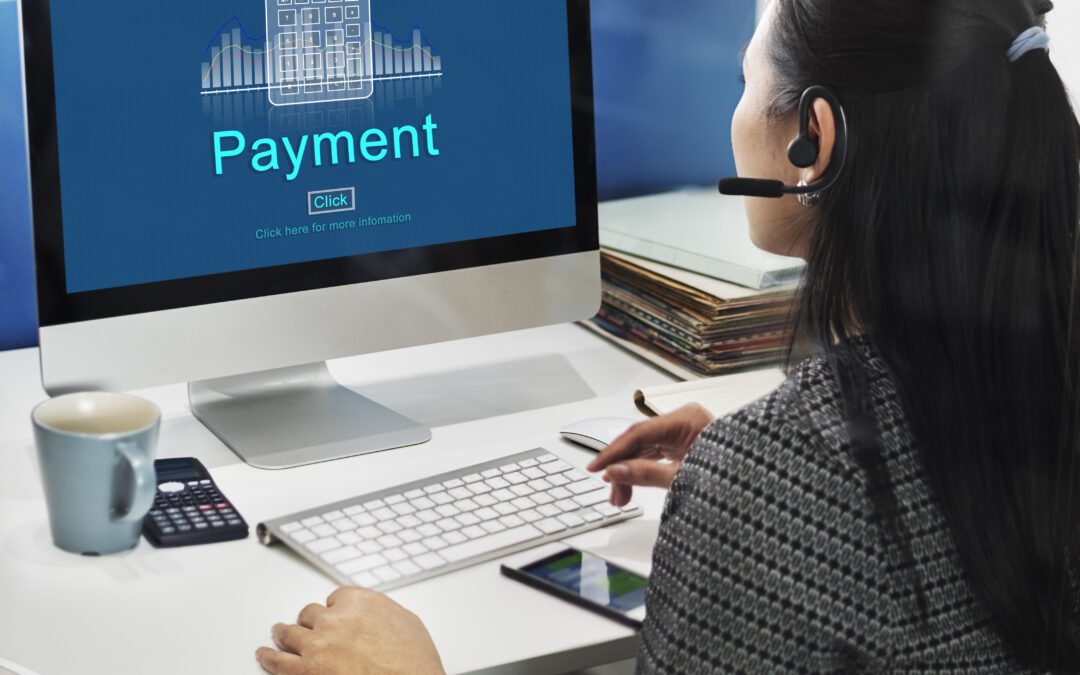In today’s fast-paced digital business world, procurement management has become more than a support function—it is a cornerstone of strategic success. One of the most transformative processes within this realm is the Procure-to-Pay (P2P) process, which serves as the glue between procurement and finance operations. By bridging sourcing with payment, this integrated process enables organizations to maximize efficiency, ensure compliance, and unlock substantial cost savings.
Whether you’re a procurement officer, a CFO, or a business owner aiming to improve operational workflows, mastering the Procure-to-Pay process is crucial. This comprehensive guide explores how P2P works, its critical components, the value it delivers, and how digital transformation is revolutionizing the space.
📚 Table of Contents
What is Procure-to-Pay (P2P)?
Procure-to-Pay (P2P)—also known as purchase-to-pay—is a structured and strategic process that connects procurement activities with payment systems. It encompasses all stages from requisitioning goods and services to the final invoice payment and accounting reconciliation.
The Procure-to-Pay workflow includes:
-
Identifying procurement needs
-
Creating and approving purchase requisitions
-
Generating purchase orders (POs)
-
Receiving goods/services
-
Invoice processing and three-way matching
-
Authorizing and executing payments
This end-to-end framework ensures that finance and procurement departments are aligned, allowing for greater transparency, efficiency, and cost control.
The Importance of Procure-to-Pay in Procurement Management
In a world where agility and compliance are key to survival, Procure-to-Pay plays a pivotal role in ensuring that procurement management is both efficient and strategically aligned. The focus keyword Procure-to-Pay isn’t just a term—it’s a methodology that improves:
-
Spending visibility
-
Compliance with procurement policies
-
Vendor management
-
Cash flow control
-
Risk mitigation
By implementing a robust Procure-to-Pay system, companies can avoid rogue spending, shorten procurement cycles, and improve relationships with vendors through timely payments and clear communication.
Key Steps in the Procure-to-Pay Cycle
Understanding the Procure-to-Pay process requires breaking it down into its key stages:
1. Need Identification
Departments recognize the need for goods or services.
2. Requisition Creation
A purchase requisition is initiated, outlining what’s needed.
3. Requisition Approval
Supervisors or finance teams validate and approve the requisition.
4. Purchase Order Creation
An approved requisition triggers a PO, sent to the supplier.
5. Order Fulfillment
The vendor delivers the requested items/services.
6. Goods Receipt Confirmation
Goods are inspected and logged as received.
7. Invoice Submission
The supplier sends an invoice for delivered goods.
8. Invoice Matching
Three-way matching ensures the invoice matches the PO and receipt.
9. Invoice Approval
Accounts payable approves the invoice for payment.
10. Payment Execution
The final payment is made, and the transaction is recorded.
By automating these steps through P2P platforms, organizations improve their ability to detect anomalies, reduce human error, and enhance decision-making.
Roles and Responsibilities in the P2P Process
A well-defined Procure-to-Pay process involves collaboration across departments:
-
Procurement Teams: Handle vendor sourcing, PO creation, and negotiation.
-
Department Heads: Approve requisitions and budget allocation.
-
Accounts Payable: Verify and process payments.
-
IT/ERP Teams: Ensure software integrations and data integrity.
-
Vendors: Deliver goods/services and submit invoices.
Having clarity in roles and responsibilities ensures accountability, faster issue resolution, and process consistency.
Benefits of Implementing a P2P System
The impact of a well-executed Procure-to-Pay strategy is profound. Here are the key benefits:
💸 Cost Reduction
Avoid maverick spending, leverage volume discounts, and gain better control over indirect procurement.
⚙️ Process Automation
Minimize manual intervention, reduce errors, and speed up procurement timelines.
🛡️ Enhanced Compliance
Automated audit trails and policy enforcement ensure regulatory and internal compliance.
📈 Data-Driven Decisions
Real-time dashboards provide insights into spend patterns, supplier performance, and budget utilization.
🤝 Stronger Supplier Relationships
Timely payments and clear communication improve supplier trust and collaboration.
These benefits make Procure-to-Pay not just a finance tool, but a strategic enabler for any modern enterprise.
Common Challenges in the P2P Workflow
While powerful, Procure-to-Pay implementations come with challenges:
-
Disparate Systems: Lack of integration between ERP, procurement, and finance.
-
Manual Processes: Paper-based workflows are slow and error-prone.
-
Poor Data Quality: Duplicate records and inaccurate information.
-
Resistance to Change: Employees often cling to legacy processes.
-
Non-compliance: Rogue purchases bypassing established procedures.
Overcoming these hurdles requires strong change management, continuous training, and investing in user-friendly technology.
P2P Automation: Driving Efficiency with Technology
The heart of a modern Procure-to-Pay strategy lies in automation. By leveraging P2P software, organizations can:
-
Automate three-way matching
-
Digitize requisitions and approvals
-
Process electronic invoices
-
Track real-time spend analytics
-
Enable supplier self-service portals
Popular Procure-to-Pay Platforms
Each of these platforms provides capabilities tailored to enterprise-level needs. Choosing the right tool is crucial for success in Procure-to-Pay transformation.
Best Practices for an Optimized P2P Cycle
To extract maximum value from the Procure-to-Pay process, follow these best practices:
-
Standardize Procurement Policies
Create consistent approval workflows and guidelines. -
Centralize Procurement Operations
Consolidate procurement activities under one platform for better visibility. -
Integrate with ERP Systems
Ensure seamless data flow between finance and procurement systems. -
Track KPIs and SLAs
Use performance metrics to monitor vendors and internal compliance. -
Train and Empower Teams
Educate users regularly on system updates and procurement policies. -
Apply AI and Predictive Analytics
Use smart tools to forecast demand, detect fraud, and recommend sourcing strategies.
By following these practices, businesses can optimize every layer of the Procure-to-Pay cycle.
Choosing the Right Procure-to-Pay Software
When selecting a Procure-to-Pay solution, consider the following:
Checklist for P2P Software Evaluation
-
Does it integrate with your ERP or accounting system?
-
Is the user interface intuitive?
-
Can it handle multi-currency and multi-location operations?
-
Does it offer advanced analytics and custom reporting?
-
Is mobile access supported?
-
What kind of vendor support is available?
Choose a system that matches your industry, scale, and growth plans. Investing in the right solution helps maximize ROI and streamline operations.
Real-World Applications and Case Studies
Case Study: Coca-Cola
Using SAP Ariba, Coca-Cola shortened procurement cycle times by 35% and improved policy compliance across global teams.
Case Study: Johnson & Johnson
J&J used Coupa to implement AI-driven procurement, leading to 20% cost savings and improved vendor negotiation.
Public Sector Adoption
Government agencies adopted Oracle Procurement Cloud to improve audit readiness and ensure transparency in public spending.
These case studies underline how a well-implemented Procure-to-Pay strategy delivers measurable outcomes.
Future Trends in Procure-to-Pay
The future of Procure-to-Pay is intelligent, integrated, and insight-driven. Trends shaping the next decade include:
-
AI & Predictive Analytics: Anticipate sourcing needs and flag anomalies.
-
Blockchain: Ensure trust and traceability in supplier transactions.
-
IoT Integration: Monitor real-time inventory and order status.
-
Sustainable Procurement: Prioritize ESG-compliant sourcing.
-
Hyperautomation: Merge RPA, AI, and ML for seamless workflows.
Forward-thinking businesses are already preparing their Procure-to-Pay systems for these digital shifts.
Conclusion
In a competitive digital economy, the Procure-to-Pay process is not merely operational—it’s strategic. It empowers businesses to manage procurement and finance activities in a seamless, transparent, and data-driven manner.
By understanding its key components, embracing automation, and following best practices, organizations can transform their Procure-to-Pay workflows into a core competitive advantage.






